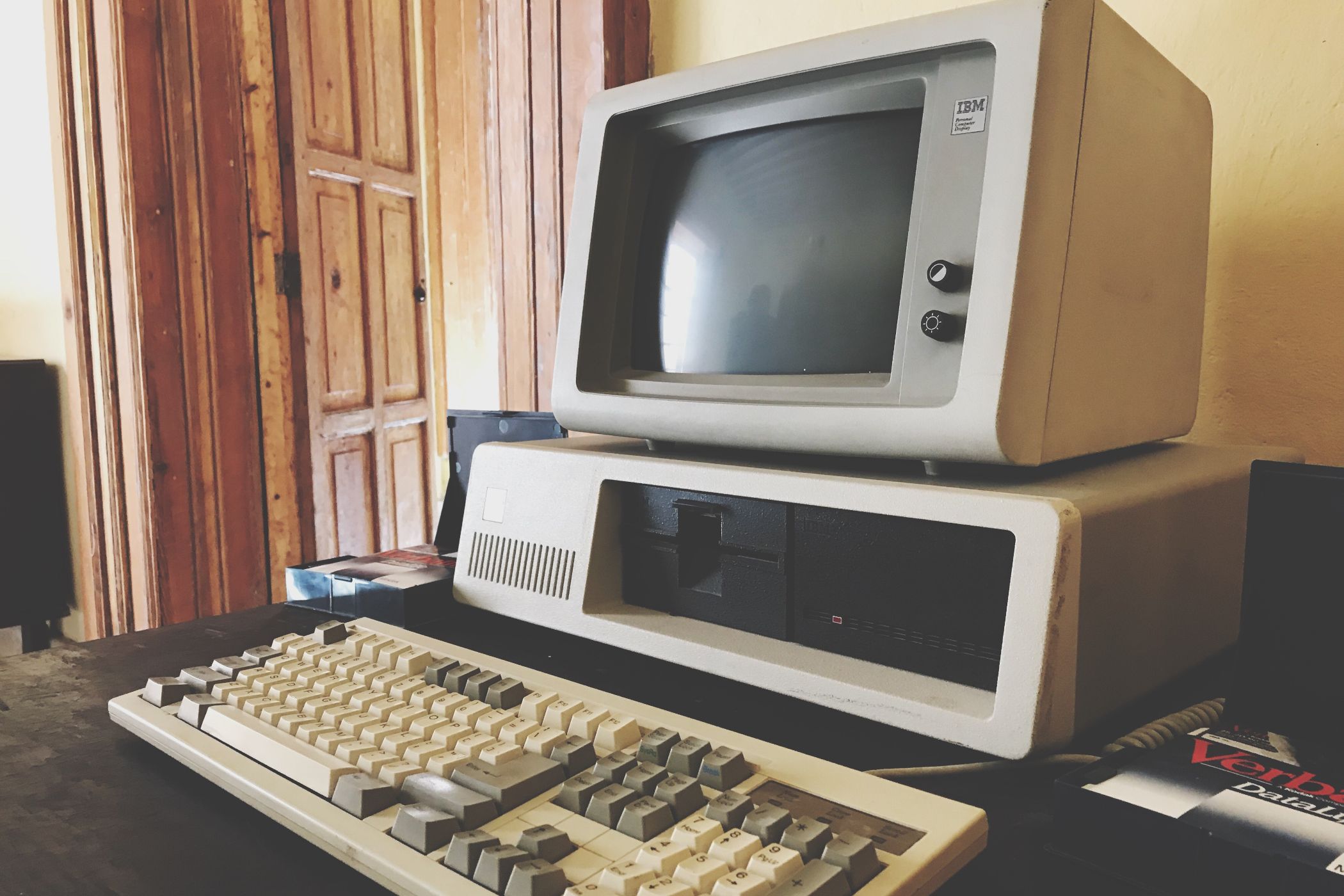In the wild, wild days of early computing, there existed a limitation that could very well be considered one of the greatest quirks in tech history. That limitation was the infamous 640K barrier on PCs. What was up with that?
Why 640K?
The first question to ponder is why, on Earth, PCs were ever limited to 640K of RAM (Random Access Memory). That's a paltry sum by today's standards, where our phones flaunt several gigabytes without a second thought. But travel back to the early 1980s, and you'll be in a different technological landscape altogether.
IBM's original Personal Computer, the IBM PC 5150, was introduced in 1981, and it came with a CPU that allowed a maximum of 1 MB of addressable RAM. But why the odd 640K limit for system RAM?
IBM reserved the remaining memory address space for other uses like ROM (Read-Only Memory) and hardware peripherals. This was actually a reasonable division, considering the limited applications and hardware capabilities at the time.
Bill Gates has been famously misquoted as saying, "640K ought to be enough for anybody." While he denied ever making this statement, it embodies the spirit of an era when 640K seemed like a massive amount of memory. Who could possibly need more?
The Twist in the Plot: It Wasn't Enough!
As you may not be shocked to hear, software began to grow in complexity and sophistication. Game developers, word processing software companies, and other creative minds were champing at the bit, thirsty for more memory.
Suddenly, 640K wasn't a large playground; it was a claustrophobic box, and software developers felt the squeeze.
Breaking Free from the RAM Shackles
Engineers and developers took the 640K memory limitation as a challenge, devising ways to overcome the constraints of the IBM PC's architecture.
Expanded Memory Specification (EMS) and Extended Memory Specification (XMS) were two clever solutions to overcome the 640K memory limitation in early PCs.
EMS used a technique called "page framing" and "bank switching," where additional memory was divided into pages and swapped in and out of a specific window in the upper memory area, between 640K and 1MB. This allowed programs to dynamically access different pages of expanded memory as needed. EMS was originally developed by Lotus, Intel, and Microsoft which is why it was briefly known as LIM memory.
XMS, on the other hand, leveraged newer processors like the Intel 80286, which allowed access to more memory in a special "Protected" Mode. This approach also utilized a High Memory Area (HMA) just above the 1MB limit and used an Extended Memory Manager to standardize the way programs accessed this additional memory. XMS was also developed by Lotus, Intel, and Microsoft.
The transition to the Intel 80286 and 80386 processors, with their advanced memory management capabilities, helped smash the 640K barrier. These chips allowed access to vast amounts of memory that would have been unthinkable just years before. The 80286 could address up to 16MB of RAM in Protected Mode but not in Real Mode, which was compatible with DOS applications. The 80386 could address up to 4GB of RAM in both modes using a technique called paging. However, accessing extended memory in Real Mode requires special software such as DOS extenders or memory managers.
Gaming's Drive for More Memory
The late '80s and early '90s saw video games evolve from simple sprites to immersive worlds. This evolution demanded more memory. Games like "Doom" in 1993, requiring a minimum of 4MB of RAM, signified a critical moment where 640K was no longer sufficient.
The gaming industry became a catalyst for technological progress. Game developers worked closely with hardware manufacturers, driving innovation and pushing the boundaries of personal computing. It was a clear call that more RAM was not just a desire but a necessity to match the growing ambition of the video game world.
It is hard to think of another type of software that justified such relatively high RAM amounts this early in the personal computer market for home users in particular. However, once your home PC had RAM for memory-hungry games, it meant non-game developers could reasonably expect more RAM for their own software. With the 80386, multitasking became a thing, making full use of available memory.
Now, we're not saying that early video games are the only reason we quickly came up with solutions to address and use more memory, but there's no doubt that clever game developers played a crucial role in helping IBM-compatible computers get over this particular hurdle.
The Bad Old Days
The next time you load up your favorite game or multimedia application on your state-of-the-art machine, take a moment to remember the days when 640K was a frontier and appreciate how far we've come. Perhaps most importantly, don't forget that technology can still surprise us. While you might not think we'll ever need more than the few terabytes of RAM a modern desktop computer can accommodate, it's always dangerous to be too confident that you know when we've gone far enough.
